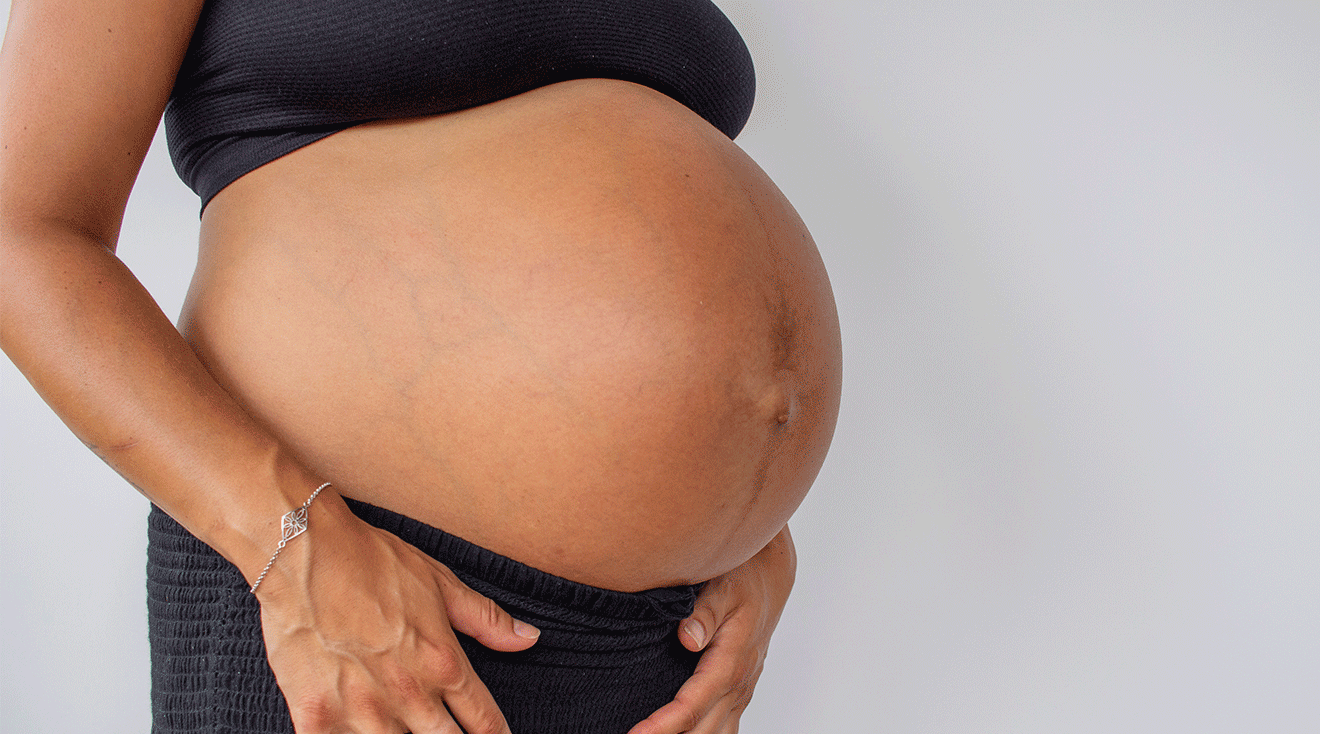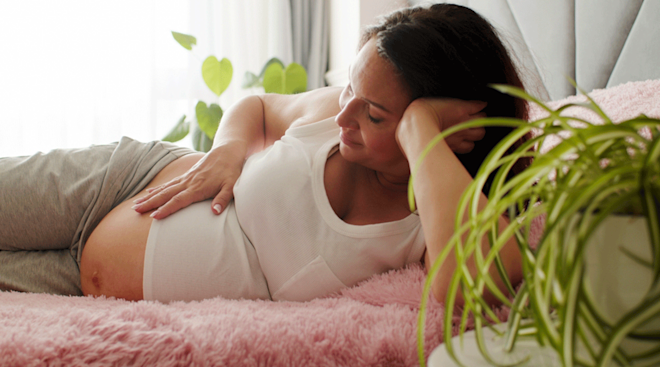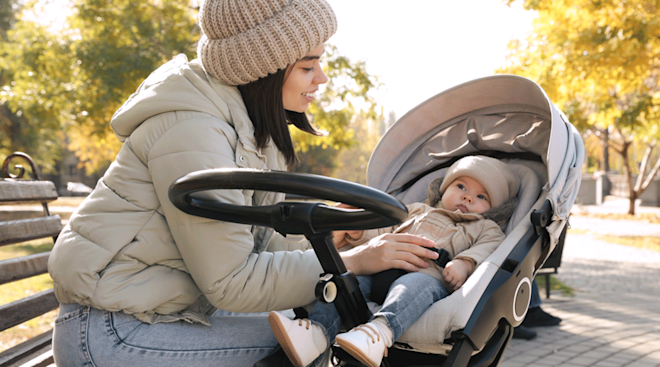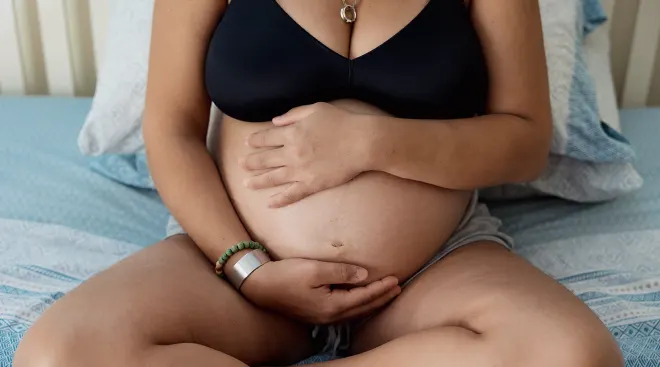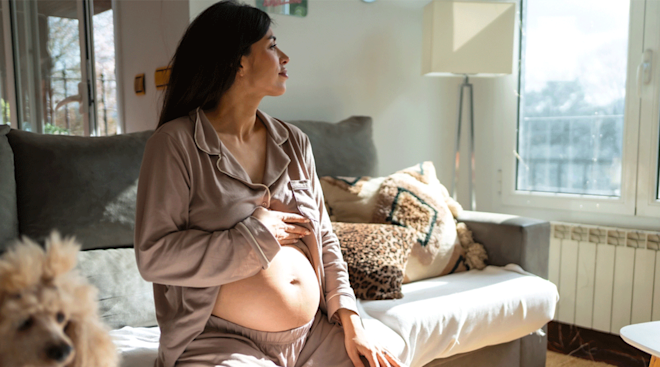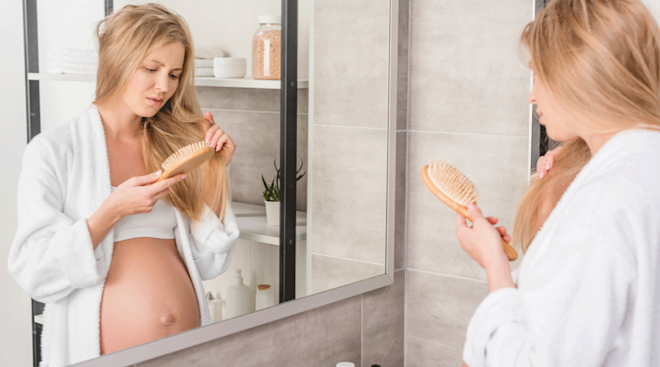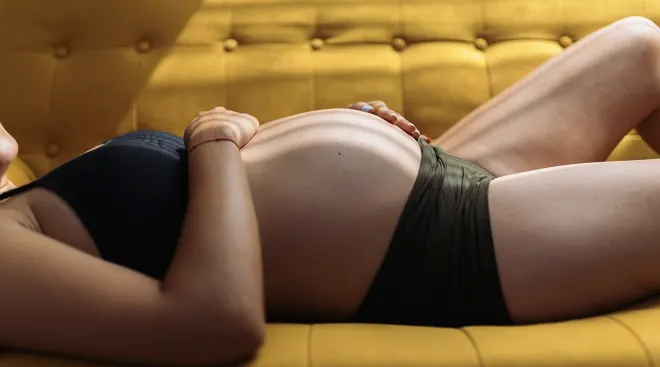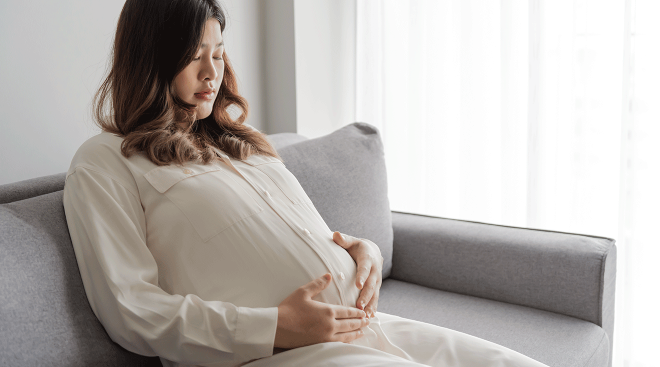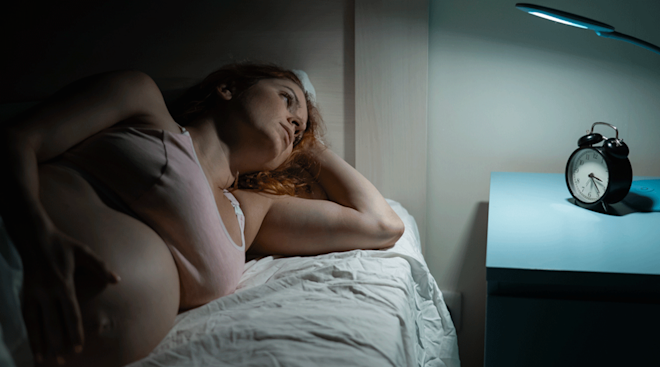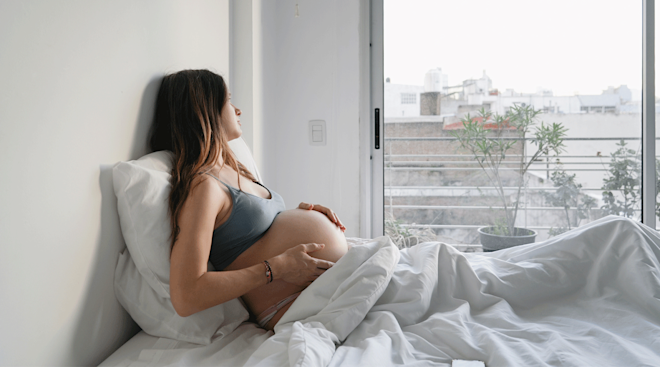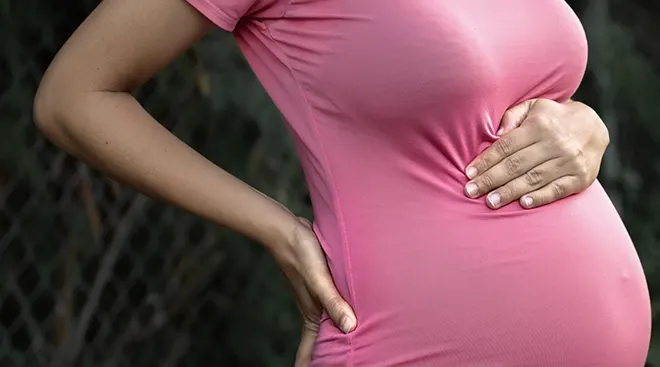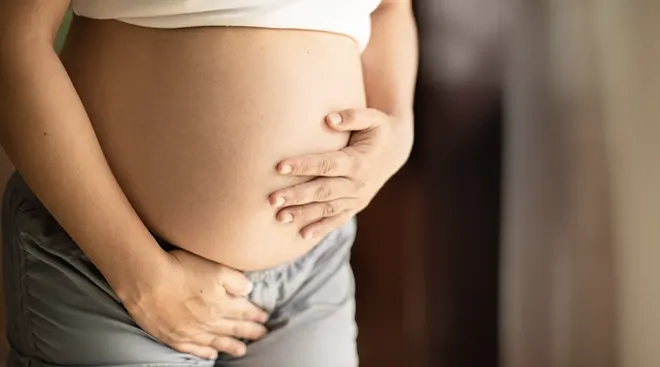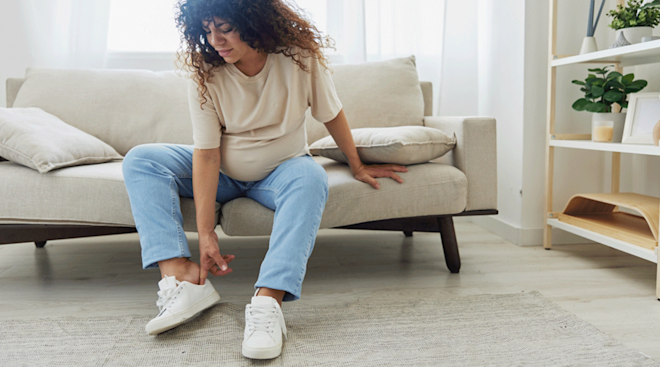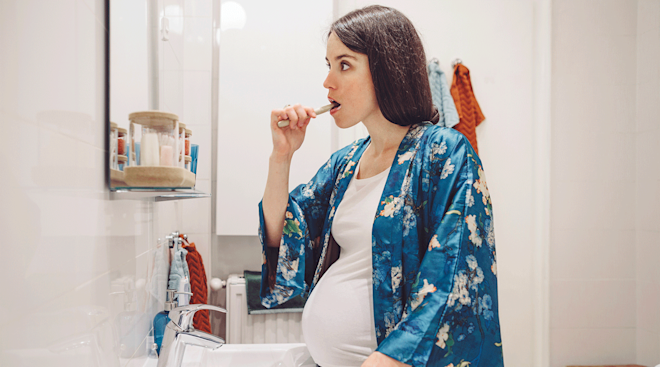How Your Belly Button Changes During Pregnancy
Chances are, you haven’t paid too much attention to your belly button since you were a toddler discovering it for the first time. But now that you’re pregnant, it’s a different story: Suddenly, your pregnant belly button is raising lots of questions. Why is it so itchy and sore? When does your belly button pop out in pregnancy? And will it ever go back to looking normal again?
If you’ve been spending an embarrassing amount of time navel-gazing lately, we’ve got your back. Here are the answers to all your pressing questions about your pregnant belly button.
Most pregnant people notice some kind of change to their belly button during pregnancy, although everybody is different and some changes are more prominent than others.
Belly button changes in pregnancy are a result of the uterus pushing against the abdominal wall as it grows, says Kecia Gaither, MD, an ob-gyn and director of perinatal services and maternal fetal medicine at NYC Health + Hospitals/Lincoln in the Bronx. Your belly button might flatten or appear thinly stretched, she explains, or it might pop out and protrude from your belly in true “outie” fashion.
You might also notice changes to the color of your skin in and around your belly button, notes Cleveland Clinic. Some pregnant people develop what’s called a linea nigra down the center of their stomach, a dark line that forms when rising hormones cause an increase in pigmentation.
Mild discomfort in and around your pregnant belly button is normal. Gaither says the skin can become irritated, itchy or sore because it’s stretching so much, especially toward the end of pregnancy. You might also notice your belly button being irritated due to friction, since it’s constantly rubbing against your clothes.
For these minor annoyances, Gaither says using moisturizing skincare products, or—if it’s severe enough—your provider may prescribe a topical steroid to reduce inflammation.
Could you have an umbilical hernia in pregnancy?
Although it’s normal for your pregnant belly button to change shape or feel uncomfortable, it shouldn’t be hugely painful or bulging. If it is, there’s a chance you could have an umbilical hernia (this happens when part of the intestine pushes through the abdominal wall near the belly button).
The added pressure in your abdomen during pregnancy can cause or worsen an existing hernia, according to research. Some umbilical hernias will need to be treated with surgery during pregnancy to prevent complications, while others can be left alone until after baby’s birth. If you’re concerned about the size or shape of your new “outie” or you’re experiencing intense pain around the belly button, Gaither tell your provider ASAP.
Most belly buttons will show signs of flattening or becoming less inverted during pregnancy, but not all will pop out, says Jonathan Russell, MD, FACOG, an ob-gyn at Houston Methodist Willowbrook Hospital. You can expect to see the most noticeable belly button changes during the second and third trimester, he adds, as baby and uterus grow and push the belly button against the abdominal wall.
If you got a belly button piercing before becoming pregnant, Russell says you don’t need to remove it—but you do need to pay special attention to keeping it clean. You can wash it with water and mild soap when you shower, then gently dry it when you get out.
You shouldn’t, however, get a new piercing while pregnant. “It’s not advisable to get a new belly button piercing during pregnancy due to the risk of infection,” says Russell.
If your belly button popped out during pregnancy, it’ll eventually return to its original position after birth, says Gaither. Your postpartum belly button might appear slightly larger or less firm than it did before, but it shouldn’t stay an “outie” forever. Other belly button changes, like linea nigra, will usually disappear in the weeks and months following pregnancy too, as your hormones return to normal—although some pregnant people never see the dark line fully disappear, reports Cleveland Clinic.
In short, you can expect your pregnant belly button to look and feel different—just like a lot of your body does during this wild, magical period called pregnancy. Most of these changes should resolve themselves after baby comes into the picture. But if you’re concerned about any of your symptoms, be sure to contact your provider.
Please note: The Bump and the materials and information it contains are not intended to, and do not constitute, medical or other health advice or diagnosis and should not be used as such. You should always consult with a qualified physician or health professional about your specific circumstances.
Plus, more from The Bump:
Kecia Gaither, MD, is an ob-gyn and director of perinatal services and maternal fetal medicine at NYC Health + Hospitals/Lincoln in the Bronx. She earned her medical degree from SUNY Health Science Center in Syracuse, New York.
Jonathan Russell, MD, FACOG, is an ob-gyn at Houston Methodist Willowbrook Hospital. He earned his medical degree from Creighton University School of Medicine in Omaha, Nebraska.
Cleveland Clinic, Linea Nigra, July 2022
Frontiers in Surgery, Umbilical Hernia Repair and Pregnancy: Before, During, After…, January 2018
Navigate forward to interact with the calendar and select a date. Press the question mark key to get the keyboard shortcuts for changing dates.

































